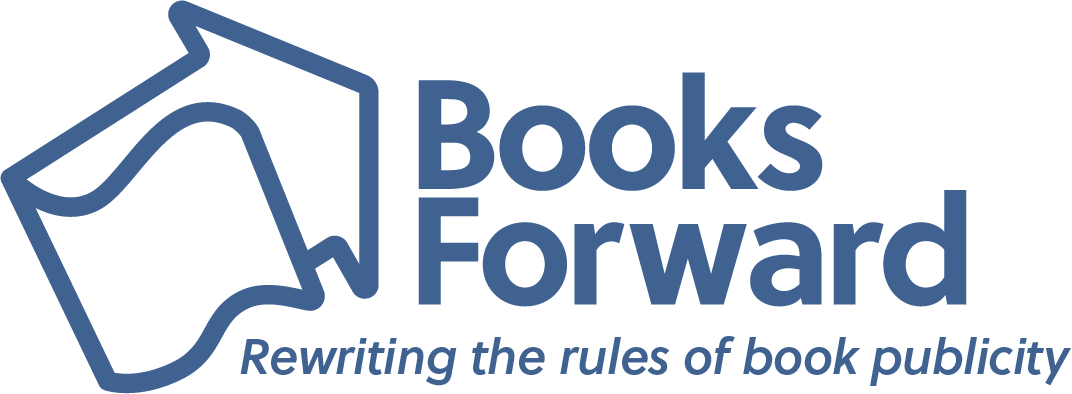This morning, a lovely author from Greece and I spoke for over an hour. During this time, she asked many great questions. But it was the last question asked before she hung up that really struck me…
“One last thing,” she said. “Is printing 5000 copies crazy?”
“Well,” I replied, “it depends… what are you going to do with the 5000 units?”
“Sell them I guess” was her answer.
When deciding on a print run number, the decision often comes from how many units can one purchase for a deeper discount. At 5,000 the unit price goes down nicely. What most small publishers fail to recognize however, is that until the books are sold, those unit costs are totally fake. If you pay $15000 for 5000 units of your book and only sell three books, each book cost you $5000.
There is a better way. When choosing your print run number, start from the END (sales portion) of the process and move back towards the printing part of the process.
For example:
- How many bookstores will you sell your book into?
- How many ARE there in your area of attention?
- How many are you going to contact and ask them to stock your book?
- How many will likely say yes?
If there are 1000 bookstores in your country AND you have a plan on how to contact 500 of them in 2016, AND 150 of those agree to stock 2 copies of your book AND half of them (75) sell two copies of your book (150) and don’t return them you are looking at 150 units in 2016. Even if ALL 1000 bookstores are contacted and HALF of them agree to sell your book and NONE of them return the books they get you are looking at 1000 units.
- How many will sell on line?
- Well, how many sold of a competitor’s book?
- Why will your book get as much attention as theirs did?
If Amazon was able to sell 3000 copies of a book like yours, published and promoted by a large publishing house, you can rest assured that you will not be spending the time and money on promoting it that they did. Sooooo I’d shoot for 10% of their sales. AT BEST. That is 300 units.
- How many do you need to give away?
- A few hundred to reviewers
- A few hundred to magazines and newspapers editors and freelancers
- A few hundred as sample books for bookstores and libraries to use to evaluate
That is 600 give or take.
Sell 1000 to libraries? Sure! If you have the time to call 500 libraries in 2016 you will sell them! The nice thing about libraries is that they DO buy books and rarely return them.
Let’s look at the total:
Bookstores 150 – 1000
Online 300
Give Aways 600
Libraries 1000
3000 units TOTAL in 2016 and that is ONLY IF you actually take the time and expense to present the books to libraries, bookstores, reviewers and editors. These books will not sell themselves.
How many do you want to print? 5000 makes sense if you are okay with having them for a few years, are willing to do the work to sell them and start with the sales expectations and work backwards.
Want to learn HOW TO SELL more than a few hundred copies? We can teach you. Email Amy at amy@newshelves.com and send her a bit of info about your book and she will come up with a plan for you. (Sales evaluations and plans are always free of charge at New Shelves!)
This post was written by Amy Collins and originally published on newshelves.com



